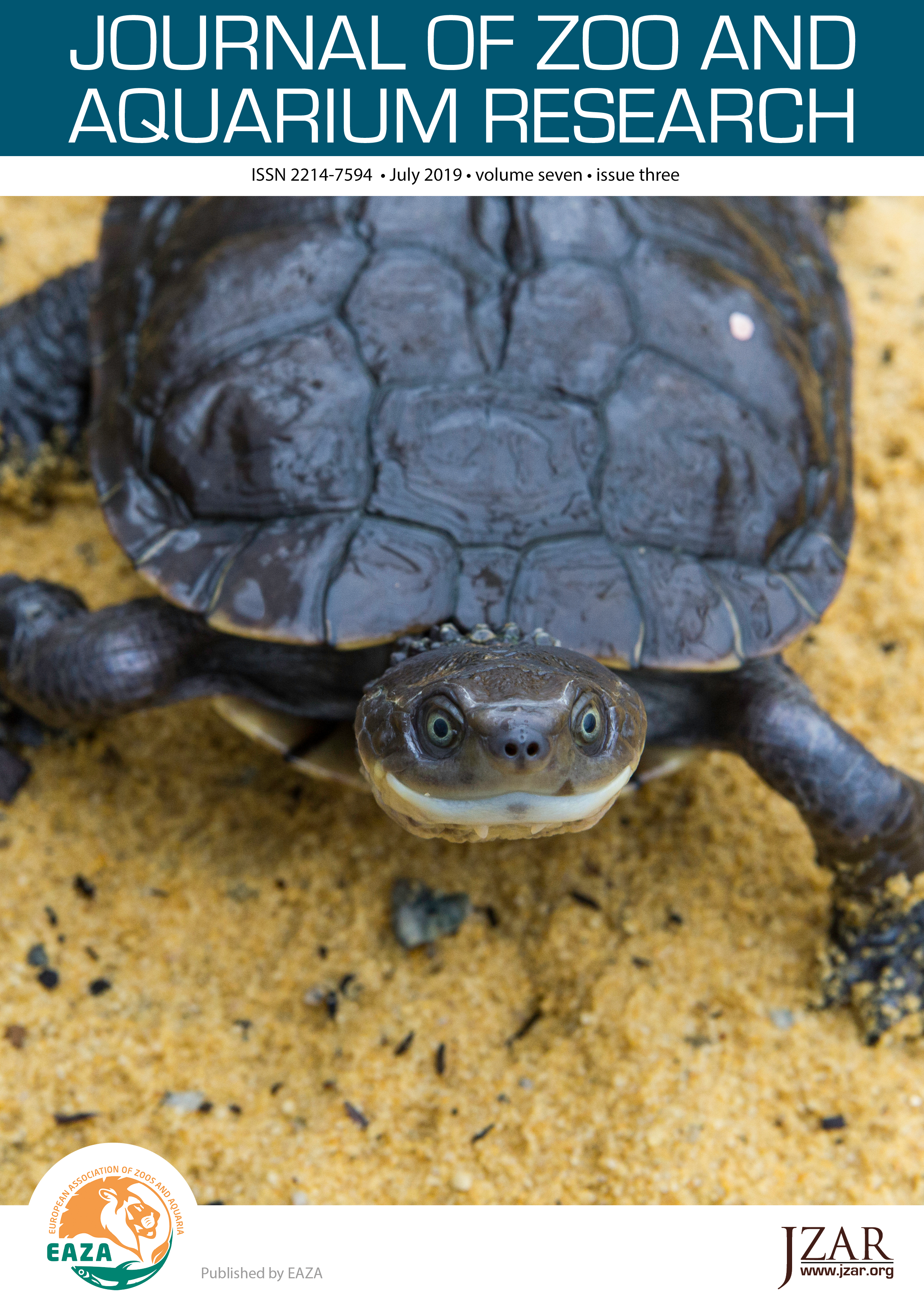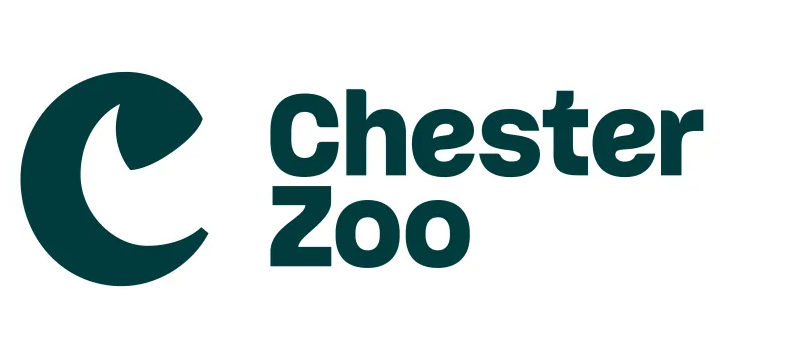How does feeding regime affect behaviour and activity in captive African lions (Panthera leo)?
DOI:
https://doi.org/10.19227/jzar.v7i3.392Keywords:
husbandry, feeding regime, satiation, felids, hungerAbstract
Lions (Panthera leo) are popular zoo animals and obligate carnivores. In the past, zoos focused on the nutritional aspect of feeding, whereas today they aim to encourage naturalistic feeding. AZA’s Lion Care Manual recommends a frequent feeding schedule, while other sources highlight the benefits of unpredictable, infrequent feeding schedules. Further, the husbandry guidelines for lions by EAZA propose to feed lions separately. To assess how lions are affected by feeding frequency, we collected data on five behaviour categories (social, agonistic, exploratory, marking, maintenance) and four activity categories (inactive, active, feed, pace) of four captive lion prides held on either high frequency (HF) or low frequency feeding (LF). We found that some behaviour categories (agonistic, exploratory and marking) and one activity (feeding) were more frequent for lions on HF feeding. Lions on both feeding regimes engaged more often in agonistic behaviour and were more inactive on feeding days than fasting days. On fasting days, activity and pacing as well as exploratory, maintenance, marking and social behaviour were more frequent than on feeding days. During the consecutive fasting days the lions on LF feeding were increasingly active. The results show that LF feeding with whole carcasses allowed the prides to resolve social discrepancies during feeding, which reduced aggression between feedings. LF feeding resulted in satiety of the lions to the extent of altered behaviour during feeding day and the first fasting day, whereas lions on HF feeding showed unvarying behaviour during feeding and fasting days suggesting a lack of satiety.
Downloads
Published
How to Cite
Issue
Section
License
JZAR fulfils the DOAJ definition of open access and provides free and open access to the full text of all content without delay under a Creative Commons licence. The copyright holder of JZAR publications grants usage rights to third parties, allowing for immediate free access to the work and permitting any user to read, download, copy, distribute, print, search, or link to the full texts of articles.







